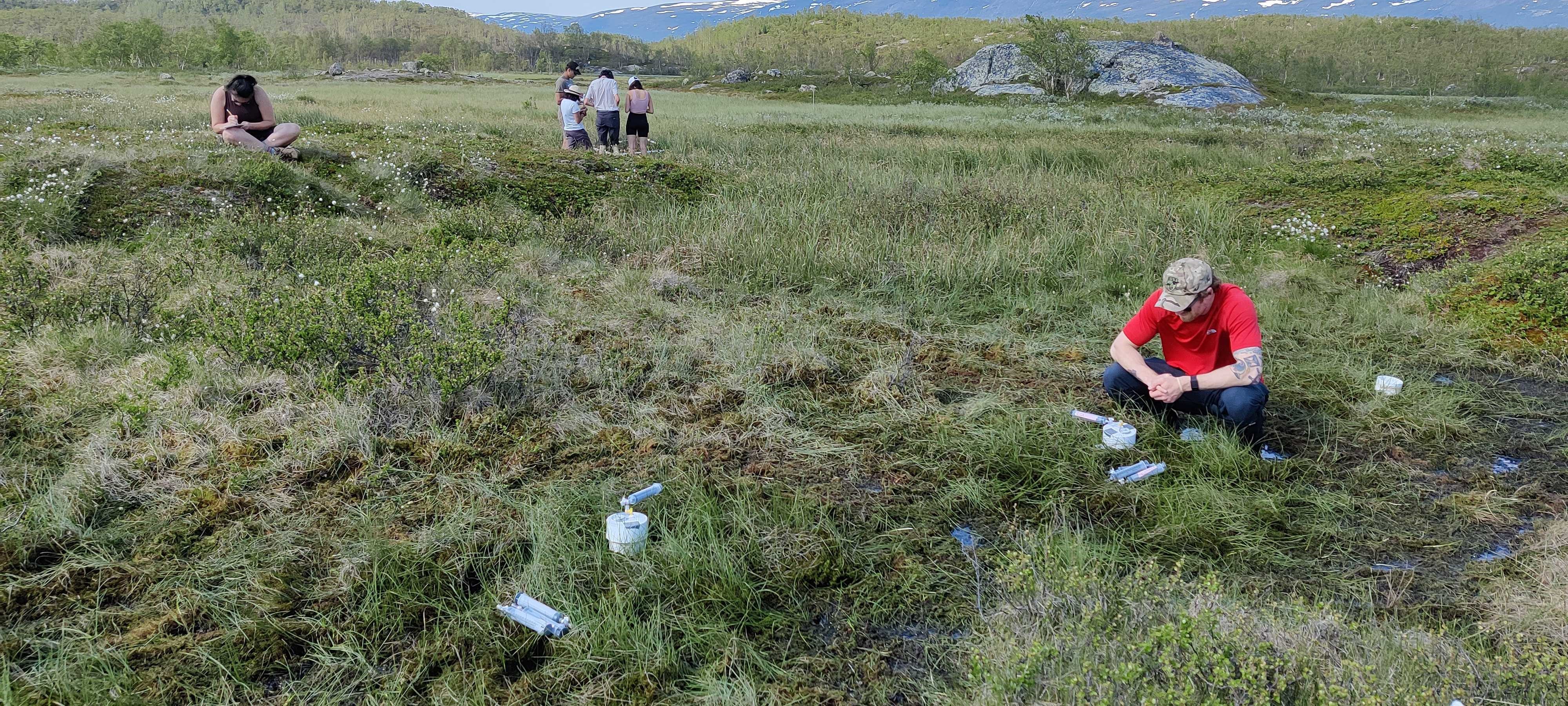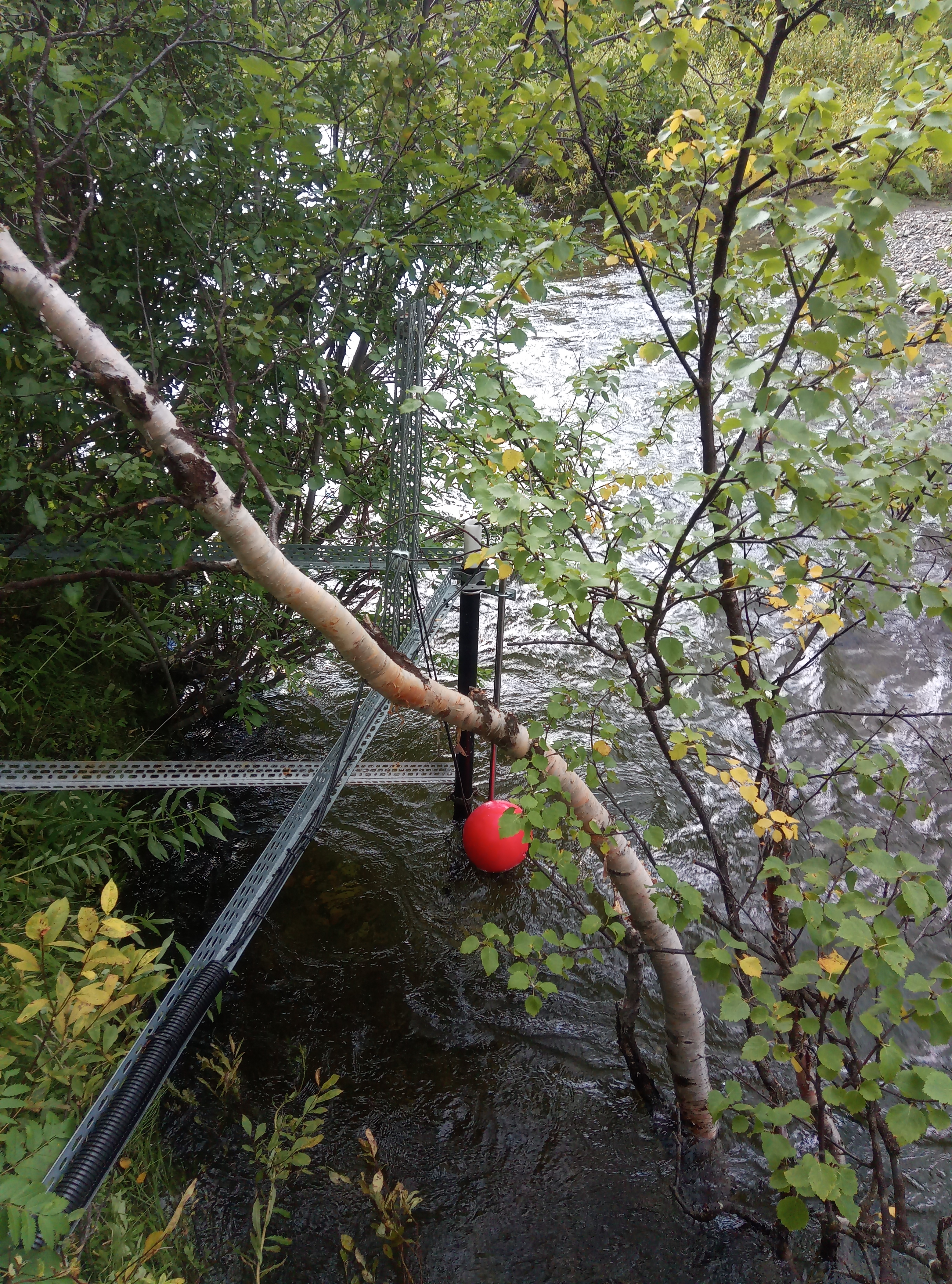After more than two years of travel restrictions and limited field research activity due to the Covid-19 pandemic, Abisko Scientific Research Station is finally back to full speed. The summer of 2022 has been one of the busiest summers in the history of the research station, with the station constantly at – or beyond – full capacity, June through September.

Researchers have been eager to get back to the field to follow up on long-term projects or to initiate new ones. Over the past few months, the station has accommodated more than 70 research projects, driven by an eclectic community of junior and senior researchers, students, field assistants, and interns. With researchers affiliated with institutions spanning more than 12 countries and 3 continents, the vibe has been international, interdisciplinary, and energetic. Projects have covered research fields ranging from biogeochemistry, plant ecology and soil ecology, through microbiology, entomology, limnology and hydrology, to modelling and remote sensing – to give a few examples.

The long-term environmental monitoring programs within ICOS and SITES have also continued successfully, generating high-quality environmental data for long-term monitoring as well as supporting data for associated research projects. In addition to continuous measurements, this summer’s monitoring work included lake chamber flux measurements (SITES Water), extensive vegetation surveys (ICOS) and the development and installation of an improved system for measuring stream O2 and CO2 concentrations (SITES Water).
As the summer season slows down, the Abisko Scientific Research Station transitions into a slightly less intense mode, but research continues here throughout the year with an exciting winter season coming up!